#Magnolia-studies
Text


the realization that the semester is almost over is really only just setting in this weekend so I guess it’s time to panic about all my assignments now
#study motivation#am studying#college studyblr#college studyspo#studyspiration#studyspo#study aesthetic#study inspo#study inspiration#studyblr#study space#study desk#magnolias#sunflowers#studying#studystudystudy#spring
596 notes
·
View notes
Text


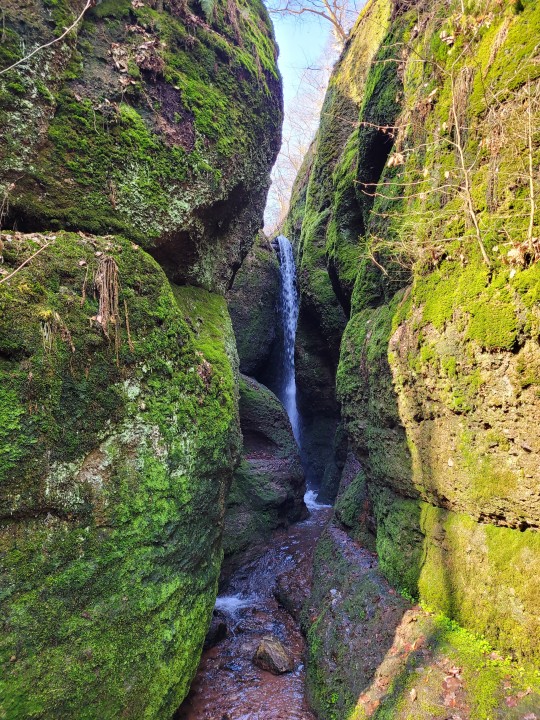

17.04.2023
Property law revision and spring vibes. Taking a semester off due to health reasons and I guess that's the time to revise my least favourite part of law.
#studyblr#study notes#studyspo#ipad notes#studying#university#library#college#study inspiration#books#spring#nature#magnolias#original content
558 notes
·
View notes
Text
John be upon ye

Closeup under the cut
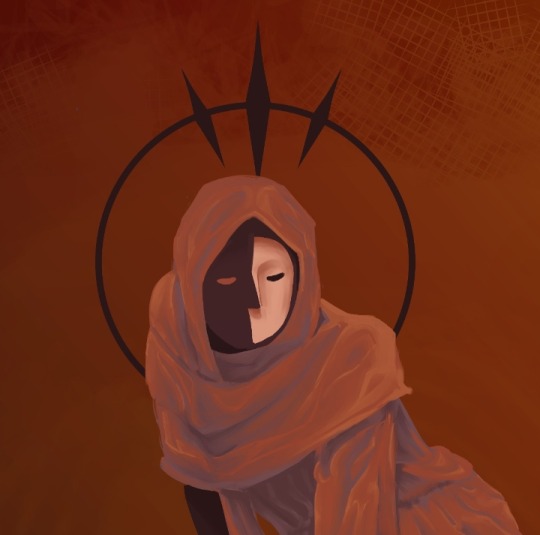
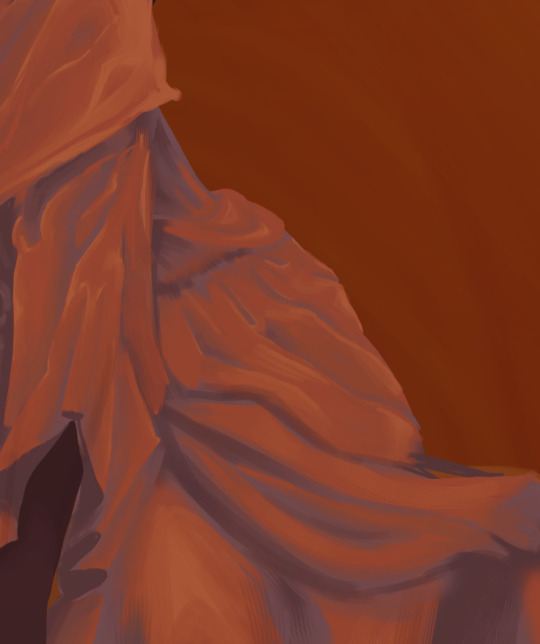
#malevolent#malevolent fanart#malevolent john#john doe malevolent#this is a fabric study.#do don't think about the void background#i still have to learn those#for now i just fuck around and find out with gradients and blend brushes#all my characters are floating in the void#also fun fact!#the flowers he's holding are magnolia flowers which mean perseverance in flower language#yk like undefeated... john the undefeated.... perseverance.... or something
117 notes
·
View notes
Text
◇ 48'nd Day of Productivity ◇


17/04/2024
To Do List:-
□ Write Notes for Psychology.
□ Watch some videos for Physics.
□ Try to read some portions in Chemistry.
Remarks:-
Guess who was napping all day? 🥲
Movie of the Day:-
Watched 'Magnolia' yesterday. Truly experimental. I don't think it is for everyone but I loved it!
Song of the Day:-
Definitely included with songs which are too dangerous to drive listening to.
#studyblr#study blog#desi studyblr#indian studyblr#study aesthetic#studyspo#study#studying#100 days of productivity#study motivation#12th std#student life#study hard#student#study notes#studystudystudy#studygram#song#song of the day#school#science#rihanna#shut up and drive#good girl gone bad#movie review#movie recs#music recs#music#magnolia#tom cruise
16 notes
·
View notes
Text


spring in ox <3
#mine#oxford university#academia aesthetic#light academia#studyblr#study space#library#magnolias#flowers#spring
11 notes
·
View notes
Text
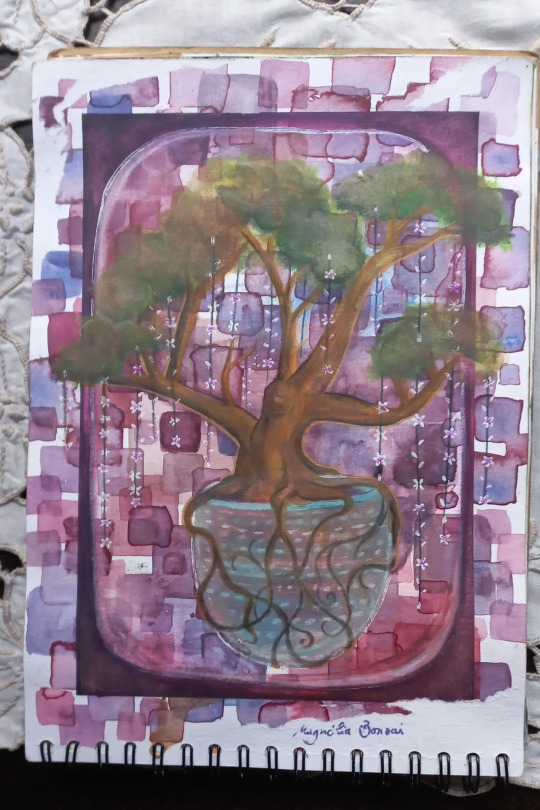

Bonsai Portrait, 2023
Mixed media: watercolour, watercolour crayons, pinball and gel pens
colour contrast, composition\framing and texture study
#balluprojects#naturelovers#portugal#originalartwork#nature#plants#art#artists on tumblr#my art#illustration#artwork#watercolor#art books#artworks#artist#trees#bonsai#magnolia#study#purple#female artists#female artwork
9 notes
·
View notes
Text
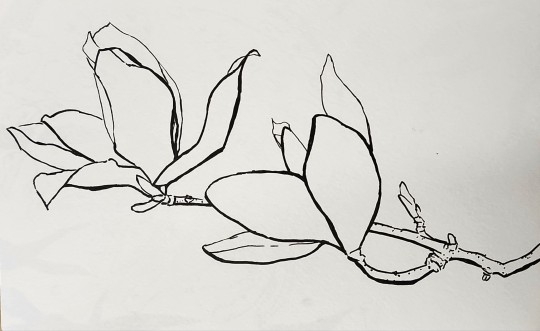
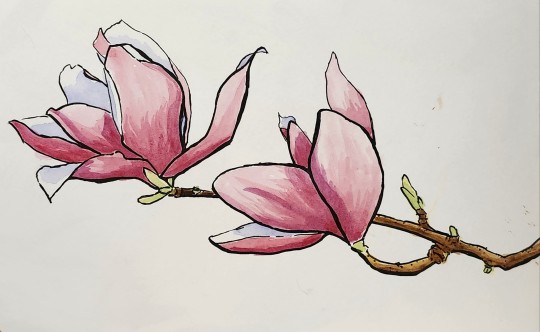
Daily doodle #0017
Saucer Magnolia (Magnolia x soulangeana) line and wash versions.
@onedoodleaday prompt: Draw a flowering tree.
Reference
Didn't manage the whole tree. Eh. Covid continues to improve
#saucer magnolia#flowers#trees#art#daily doodle#brush pen#watercolors#painting#botanical study#botanical art#botanical illustration
4 notes
·
View notes
Text

Ajsjdk bad time to post but was watching some vids (I'll link them below the cut) on how to find and shade the planes of the face and how to color skin tones and wanted to give it a try while the info was fresh in my brain so,, colored old Maggie sketch TvT Def wanna do more of these to practice but also really happy w how this one turned out akdk
youtube
youtube
13 notes
·
View notes
Text
Prof. Oak Can be such an angel and so confusing at the same time. When seing me this morning, he first complimented my new haircut and handed me an old notebook in a pitiful state. I asked him what was written inside of it and he told me to look by myself. So in a short 10 minutes break I decided to check it out and the owner of the notebook was MY FATHER and simply had answers for everything I couldn't understand in my current studies/experiments. Was pretty funny to constate that he was blocking on things that seems purely logical and simple to find for me. I'm very thankful to professor Oak, I just wished he would have handed me this notebook before I cut my hair off because of overworking.
#I also found a pic of him with prof. Oak and Prof. Magnolia#I did not finished reading it but I'm keeping you guys aware of any news#Got to black to studying#Byyee#rival hop#hop pokemon#hop pkmn#prodigy!hop au#pokemon irl#rp blog#ask blog#ask me questions
3 notes
·
View notes
Text
I do feel bad for Christian. It hurts having your heart played with, especially when the other person can’t be honest with themselves.
3 notes
·
View notes
Text


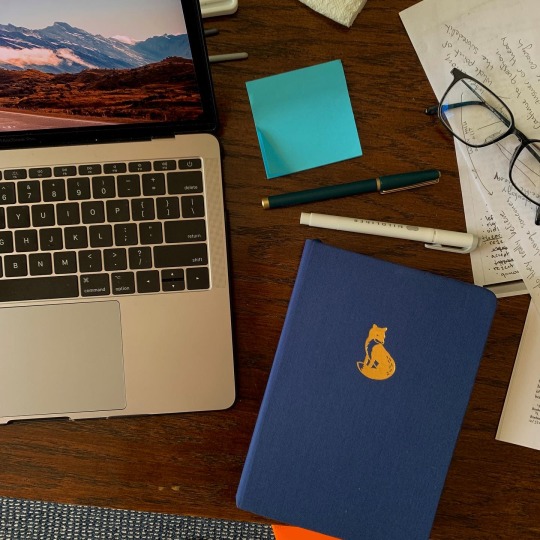
in the home stretch of undergrad now!! i have now been inducted into phi beta kappa, won an award at an undergrad research conference, and passed my thesis defense all in roughly the most chaotic 7 days of my life
i told my advisor before my defense that afterwards everything would feel easy because all I would have to do was ‘pass all my classes and graduate.’ I was kind of joking but now that that’s all that’s ahead I’m realizing how true it is
#I can have a little bragging#as a treat#study motivation#am studying#college studyblr#studyspiration#studyspo#study aesthetic#study inspo#study inspiration#studyblr#study space#study desk#magnolias#studying#studystudystudy
171 notes
·
View notes
Text
wednesday, may 11th
大家好!Today's post will be about dates and how to talk about them!
New vocab:
Months
一月; yi1yue4: january
二月; er4yue4: february
三月; san1yue4: march
四月; si4yue4: april
五月; wu3yue4: may
六月; liu4yue4: june
七月; qi1yue4: july
八月; ba1yue4: august
九月; jiu3yue4 september
十月; shi2yue4: october
十一月; shi2yi1yue4: november
十二月; shi2er4yue4: december
I love the names for the months bc they make way more sense than the one we use in english and portuguese! I know its because of historical reasons and its related somehow to Ancient Rome but I still prefer the chinese way.
This is not a history post, but a chinese one, so back to vocab!
生日; sheng1ri4: birthday
新年; xin1nian2: new years
周末; zhou1mo4: weekend
How to formulate questions about the theme:
First, the order to talk about a date is number + 月 (month) + number + 号。With that in mind, how to ask about a date gets simple. Just replace the number with the character 几.
明天几月几号?明天五月十二号。
What's tomorrow's date? Tomorrow is May 12th.
And now, some phrases with the new words:
你的生日是几月几号?我的生日是二月二十三号。
When is your birthday? My birthday is February 23rd.
五月十三号是星期几?五月十三号是星期四。
What day of the week will May 13th be? May 13th will be a thursday.
今天是几月几号?
Which day of the month is today?
明天见!🤩
#magnolia studies#chinese langblr#mandarin langblr#chinese vocab#mandarin#mandarin vocab#chinese learning#hsk1#chinese language#mandarin chinese#learn chinese#language#language learning#languages#languageblr#langblr
16 notes
·
View notes
Text
i need to reread some torikasa stories really
#it's been a while since i last read noble game.........#AND MAGNOLIA I NEED TO READ MAGNOLIA ACTUALLY ILL GET TO THAT RIGHT NOW#<-said they would study almost an hour ago#it can wait then.............#mar's midnight rambles
3 notes
·
View notes
Text
tag drop.

#* villain apologist and girlkisser / out.#* hatsune miku would be proud / promo.#* no rizz just brown eyes and unsettling things to say / self promo.#* specify a muse / prompts.#* vrs. this is the way which a woman becomes a wolf.#* vrs. i took the image of a burning woman into my heart.#* your anger will turn biblical. anger that is inconsolable / study.#* you are the crimson of amaryllis / imagery.#* the silver of moon-touched magnolias / wardrobe.#* we loved like we were making up for lost time / christian lee.#* two hearts on the floor. both of them yours / long zhi.#* vrs. a girl is a gun.
0 notes
Text
Focus Computers, a leading IT company based in Maldives, has established itself as the premier authorized Apple seller and service provider in the region. Since 2009, they have been leveraging the power of the Fi-es Magnolia ERP solution to efficiently manage their diverse product offerings, sales, services, and finance.
This CASE STUDY highlights Focus Computers' success with Magnolia ERP & how it streamlines their operations & enhances customer service. Read Now.
0 notes
Text
There, in the sunlit forest on a high ridgeline, was a tree I had never seen before.
I spend a lot of time looking at trees. I know my beech, sourwood, tulip poplar, sassafras and shagbark hickory. Appalachian forests have such a diverse tree community that for those who grew up in or around the ancient mountains, forests in other places feel curiously simple and flat.
Oaks: red, white, black, bur, scarlet, post, overcup, pin, chestnut, willow, chinkapin, and likely a few others I forgot. Shellbark, shagbark and pignut hickories. Sweetgum, serviceberry, hackberry, sycamore, holly, black walnut, white walnut, persimmon, Eastern redcedar, sugar maple, red maple, silver maple, striped maple, boxelder maple, black locust, stewartia, silverbell, Kentucky yellowwood, blackgum, black cherry, cucumber magnolia, umbrella magnolia, big-leaf magnolia, white pine, scrub pine, Eastern hemlock, redbud, flowering dogwood, yellow buckeye, white ash, witch hazel, pawpaw, linden, hornbeam, and I could continue, but y'all would never get free!
And yet, this tree is different.
We gather around the tree as though surrounding the feet of a prophet. Among the couple dozen of us, only a few are much younger than forty. Even one of the younger men, who smiles approvingly and compliments my sharp eye when I identify herbs along the trail, has gray streaking his beard. One older gentleman scales the steep ridge slowly, relying on a cane for support.
The older folks talk to us young folks with enthusiasm. They brighten when we can call plants and trees by name and list their virtues and importance. "You're right! That's Smilax." "Good eye!" "Do you know what this is?—Yes, Eupatorium, that's a pollinator's paradise." "Are you planning to study botany?"
The tree we have come to see is not like the tall and pillar-like oaks that surround us. It is still young, barely the diameter of a fence post. Its bark is gray and forms broad stripes like rivulets of water down smooth rock. Its smooth leaves are long, with thin pointed teeth along their edges. Some of the group carefully examine the bark down to the ground, but the tree is healthy and flourishing, for now.
This tree is among the last of its kind.
The wood of the American Chestnut was once used to craft both cradles and coffins, and thus it was known as the "cradle-to-grave tree." The tree that would hold you in entering this world and in leaving it would also sustain your body throughout your life: each tree produced a hundred pounds of edible nuts every winter, feeding humans and all the other creatures of the mountains. In the Appalachian Mountains, massive chestnut trees formed a third of the overstory of the forest, sometimes growing larger than six feet in diameter.
They are a keystone species, and this is my first time seeing one alive in the wild.
It's a sad story. But I have to tell you so you will understand.
At the turn of the 20th century, the chestnut trees of Appalachia were fundamental to life in this ecosystem, but something sinister had taken hold, accidentally imported from Asia. Cryphonectria parasitica is a pathogenic fungus that infects chestnut trees. It co-evolved with the Chinese chestnut, and therefore the Chinese chestnut is not bothered much by the fungus.
The American chestnut, unlike its Chinese sister, had no resistance whatsoever.
They showed us slides with photos of trees infected with the chestnut blight earlier. It looks like sickly orange insulation foam oozing through the bark of the trees. It looks like that orange powder that comes in boxes of Kraft mac and cheese. It looks wrong. It means death.
The chestnut plague was one of the worst ecological disasters ever to occur in this place—which is saying something. And almost no one is alive who remembers it. By the end of the 1940's, by the time my grandparents were born, approximately three to four billion American chestnut trees were dead.
The Queen of the Forest was functionally extinct. With her, at least seven moth species dependent on her as a host plant were lost forever, and no one knows how much else. She is a keystone species, and when the keystone that holds a structure in place is removed, everything falls.
Appalachia is still falling.
Now, in some places, mostly-dead trees tried to put up new sprouts. It was only a matter of time for those lingering sprouts of life.
But life, however weak, means hope.
I learned that once in a rare while, one of the surviving sprouts got lucky enough to successfully flower and produce a chestnut. And from that seed, a new tree could be grown. People searched for the still-living sprouts and gathered what few chestnuts could be produced, and began growing and breeding the trees.
Some people tried hybridizing American and Chinese chestnuts and then crossing the hybrids to produce purer American strains that might have some resistance to the disease. They did this for decades.
And yet, it wasn't enough. The hybrid trees were stronger, but not strong enough.
Extinction is inevitable. It's natural. There have been at least five mass extinctions in Earth's history, and the sixth is coming fast. Many people accepted that the American chestnut was gone forever. There had been an intensive breeding program, summoning all the natural forces of evolution to produce a tree that could survive the plague, and it wasn't enough.
This has happened to more species than can possibly be counted or mourned. And every species is forced to accept this reality.
Except one.
We are a difficult motherfucker of a species, aren't we? If every letter of the genome's book of life spelled doom for the Queen of the Forest, then we would write a new ending ourselves. Research teams worked to extract a gene from wheat and implant it in the American chestnut, in hopes of creating an American chestnut tree that could survive.
This project led to the Darling 58, the world's first genetically modified organism to be created for the purpose of release into the wild.
The Darling 58 chestnut is not immune, the presenters warned us. It does become infected with the blight. And some trees die. But some live.
And life means hope.
In isolated areas, some surviving American Chestnut trees have been discovered, most of them still very young. The researchers hope it is possible that some of these trees may have been spared not because of pure luck, but because they carry something in their genes that slows the blight in doing its deadly work, and that possibly this small bit of innate resistance can be shaped and combined with other efforts to create a tree that can live to grow old.
This long, desperate, multi-decade quest is what has brought us here. The tree before me is one such tree: a rare survivor. In this clearing, a number of other baby chestnut trees have been planted by human hands. They are hybrids of the Darling 58 and the best of the best Chinese/American hybrids. The little trees are as prepared for the blight as we can possibly make them at this time. It is still very possible that I will watch them die. Almost certainly, I will watch this tree die, the one that shades us with her young, stately limbs.
Some of the people standing around me are in their 70's or 80's, and yet, they have no memory of a world where the Queen of the Forest was at her full majesty. The oldest remember the haunting shapes of the colossal dead trees looming as if in silent judgment.
I am shaken by this realization. They will not live to see the baby trees grow old. The people who began the effort to save the American chestnut devoted decades of their lives to these little trees, knowing all the while they likely never would see them grow tall. Knowing they would not see the work finished. Knowing they wouldn't be able to be there to finish it. Knowing they wouldn't be certain if it could be finished.
When the work began, the technology to complete it did not exist. In the first decades after the great old trees were dead, genetic engineering was a fantasy.
But those that came before me had to imagine that there was some hope of a future. Hope set the foundation. Now that little spark of hope is a fragile flame, and the torch is being passed to the next generation.
When a keystone is removed, everything suffers. What happens when a keystone is put back into place? The caretakers of the American chestnut hope that when the Queen is restored, all of Appalachia will become more resilient and able to adapt to climate change.
Not only that, but this experiment in changing the course of evolution is teaching us lessons and skills that may be able to help us save other species.
It's just one tree—but it's never just one tree. It's a bear successfully raising cubs, chestnut bread being served at a Cherokee festival, carbon being removed from the atmosphere and returned to the Earth, a wealth of nectar being produced for pollinators, scientific insights into how to save a species from a deadly pathogen, a baby cradle being shaped in the skilled hands of an Appalachian crafter. It's everything.
Despair is individual; hope is an ecosystem. Despair is a wall that shuts out everything; hope is seeing through a crack in that wall and catching a glimpse of a single tree, and devoting your life to chiseling through the wall towards that tree, even if you know you will never reach it yourself.
An old man points to a shaft of light through the darkness we are both in, toward a crack in the wall. "Do you see it too?" he says. I look, and on the other side I see a young forest full of sunlight, with limber, pole-size chestnut trees growing toward the canopy among the old oaks and hickories. The chestnut trees are in bloom with fuzzy spikes of creamy white, and bumblebees heavy with pollen move among them. I tell the man what I see, and he smiles.
"When I was your age, that crack was so narrow, all I could see was a single little sapling on the forest floor," he says. "I've been chipping away at it all my life. Maybe your generation will be the one to finally reach the other side."
Hope is a great work that takes a lifetime. It is the hardest thing we are asked to do, and the most essential.
I am trying to show you a glimpse of the other side. Do you see it too?
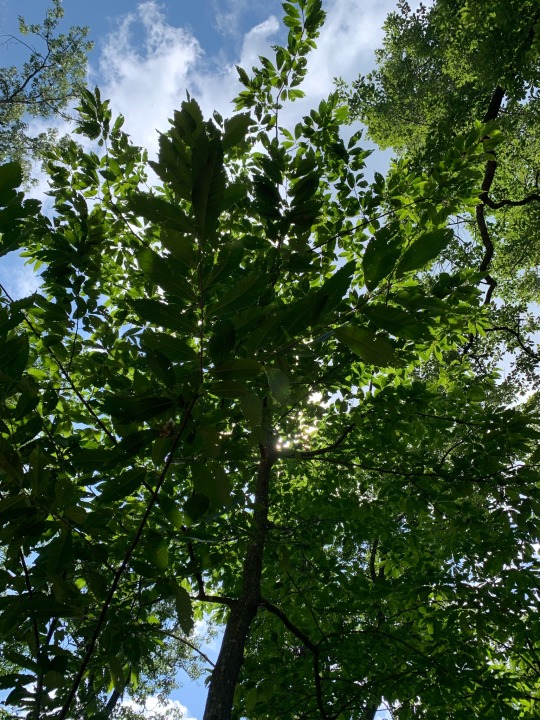
#american chestnut#hope#climate change#biodiversity crisis#climate crisis#trees#plantarchy#learning to imagine the future
3K notes
·
View notes